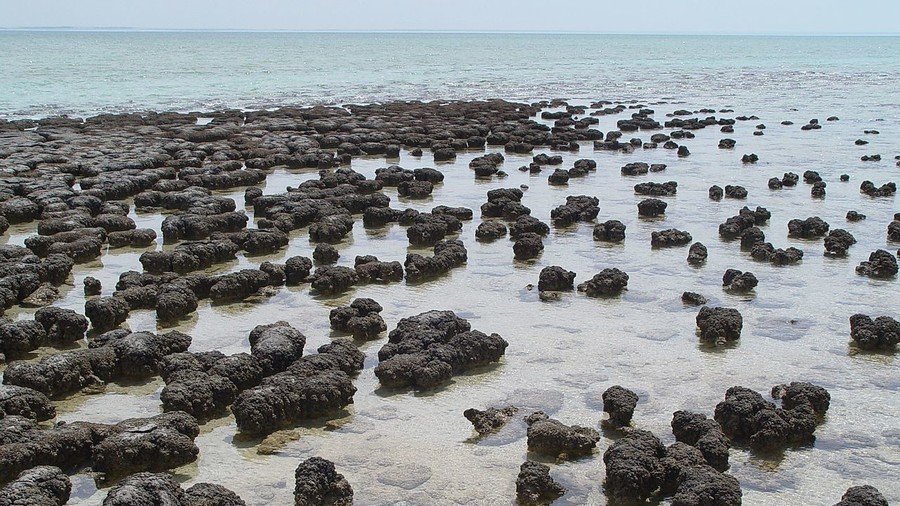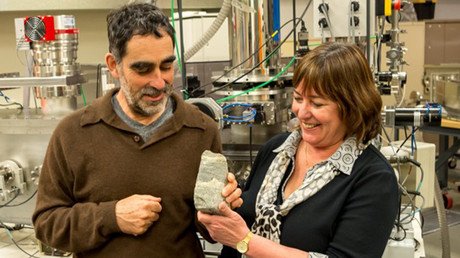Living samples of world’s oldest life forms found in Australia

Living specimens of stromatolites – the oldest evidence of life on Earth – have been found deep within a remote, protected World Heritage Area in Tasmania, Australia.
Stromatolites date back some 3.7 billion years and are regarded as a crucial piece of the puzzle that make up Earth’s geological history – thanks to their layers of cyanobacteria, which comprise biofilm. These trap sediment and minerals from the water and cement them in place. The stromatolite layers then painstakingly build up overtime to form rock structures.
Modern living examples of the sedimentary rocks are rare, and can usually be found in exotic hypersaline waters. However, in this instance, they were found in freshwater spring mounds in Tasmanian wetlands.
Researchers from the Department of Primary Industries, Parks, Water and Environment (DPIPWE) and the University of Tasmania made the discovery during a survey of the unusual type of swamp which occurs only in peaty soils underlain by limestone and similar carbonate rocks.
This new find marks the first time living stromatolites have been discovered in Tasmania, and helps researchers understand why stromatolites thrived for millions of years on Earth, and then virtually disappeared from all but a few “exceptional places.”
"The discovery reveals a unique and unexpected ecosystem in a remote valley in the state's south west," said lead author Bernadette Proemse, a geochemist at the University of Tasmania.
READ MORE: ‘Time is running out’: 15,000 researchers issue doomsday warning
Researchers believe the protected site’s highly mineralised water was critical in the survival of the stromatolites because its unsuitability for other forms of life limits stromatolite predators. The mounds, from which the water flowed, were littered with the shells of dead freshwater snails.
“This is good for stromatolites because it means there are very few living snails to eat them. Fortuitously, these Tasmanian ‘living fossils’ are protected by the World Heritage Area and the sheer remoteness of the spring mounds,” Proemse added.
The Tasmanian Wilderness World Heritage Area covers approximately 1,584,000 hectares, or about 1/5 of the island. The research has been published in the journal of Scientific Reports.













